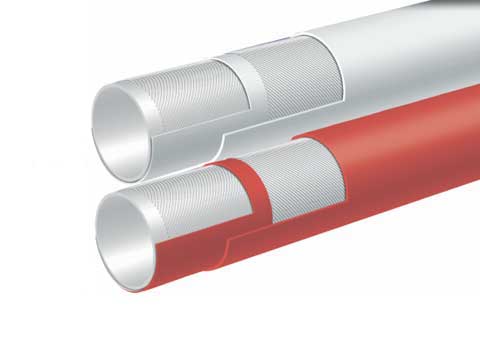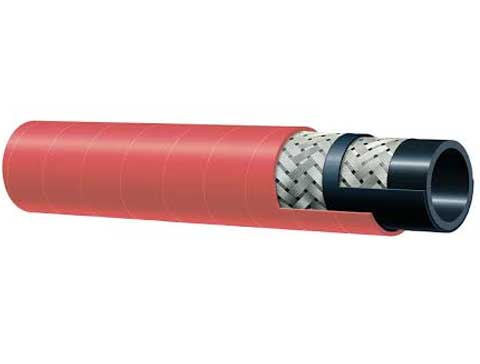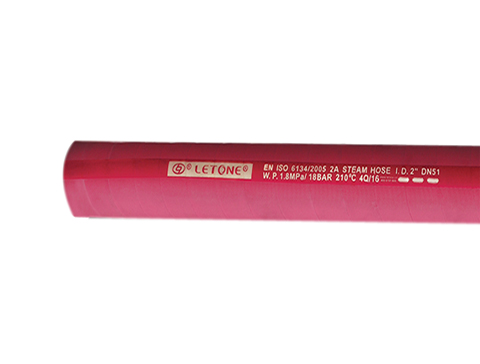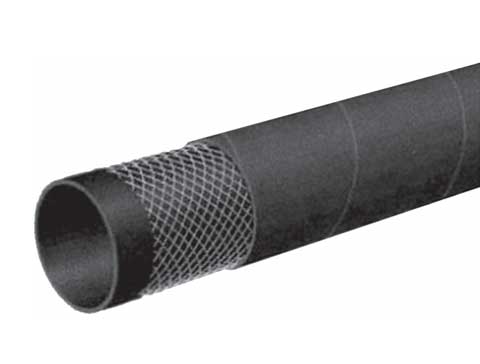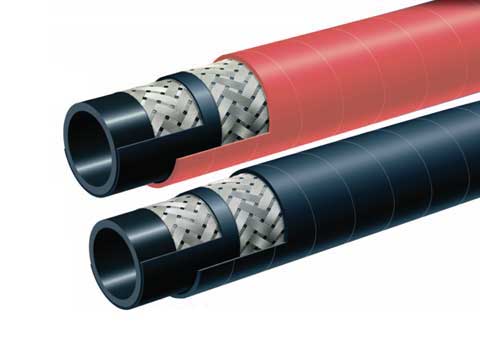Steel wire wound hydraulic hoses are a type of hydraulic hose that use steel wires to reinforce the inner layer of the hose. They have several advantages over traditional rubber hoses, including increased durability, flexibility, and resistance to high temperatures and pressure. In this article, we will discuss the temperature and pressure resistance of steel wire wound hydraulic hoses.
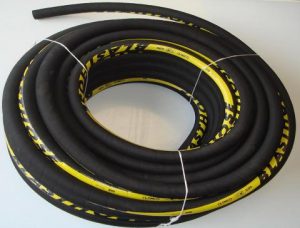 1: Temperature Resistance of Steel Wire Wound Hydraulic Hoses
The temperature resistance of steel wire wound hydraulic hoses depends on several factors, including the material used in the hose, the thickness of the hose, and the number of layers of wire used. Generally, steel wire wound hoses can withstand temperatures ranging from -40°C to +120°C without any significant degradation or damage. However, it is important to note that extreme temperatures may cause the hose to expand or contract, which can affect its performance.
To ensure maximum temperature resistance, it is recommended that steel wire wound hoses be used in applications where temperatures exceed their rated limits. For example, if a steel wire wound hose is designed for temperatures up to +60°C, it should not be used in applications where temperatures exceed +80°C.
2: Pressure Resistance of Steel Wire Wound Hydraulic Hoses
The pressure resistance of steel wire wound hydraulic hoses is another important factor to consider. The pressure rating of a steel wire wound hose depends on several factors, including the diameter of the hose, the thickness of the hose, and the number of layers of wire used. Generally, steel wire wound hoses can withstand pressures ranging from 150 bar to 300 bar without any significant degradation or damage. However, it is important to note that excessive pressure can cause the hose to stretch or rupture, which can affect its performance.
To ensure maximum pressure resistance, it is recommended that steel wire wound hoses be used in applications where pressures exceed their rated limits. For example, if a steel wire wound hose is designed for pressures up to 200 bar, it should not be used in applications where pressures exceed 300 bar.
Conclusion
In conclusion, steel wire wound hydraulic hoses have excellent temperature and pressure resistance compared to traditional rubber hoses. When selecting a steel wire wound hose, it is important to consider both temperature and pressure ratings to ensure that it is suitable for your specific application. It is also important to follow manufacturer recommendations when using steel wire wound hoses to maximize their performance and lifespan.
1: Temperature Resistance of Steel Wire Wound Hydraulic Hoses
The temperature resistance of steel wire wound hydraulic hoses depends on several factors, including the material used in the hose, the thickness of the hose, and the number of layers of wire used. Generally, steel wire wound hoses can withstand temperatures ranging from -40°C to +120°C without any significant degradation or damage. However, it is important to note that extreme temperatures may cause the hose to expand or contract, which can affect its performance.
To ensure maximum temperature resistance, it is recommended that steel wire wound hoses be used in applications where temperatures exceed their rated limits. For example, if a steel wire wound hose is designed for temperatures up to +60°C, it should not be used in applications where temperatures exceed +80°C.
2: Pressure Resistance of Steel Wire Wound Hydraulic Hoses
The pressure resistance of steel wire wound hydraulic hoses is another important factor to consider. The pressure rating of a steel wire wound hose depends on several factors, including the diameter of the hose, the thickness of the hose, and the number of layers of wire used. Generally, steel wire wound hoses can withstand pressures ranging from 150 bar to 300 bar without any significant degradation or damage. However, it is important to note that excessive pressure can cause the hose to stretch or rupture, which can affect its performance.
To ensure maximum pressure resistance, it is recommended that steel wire wound hoses be used in applications where pressures exceed their rated limits. For example, if a steel wire wound hose is designed for pressures up to 200 bar, it should not be used in applications where pressures exceed 300 bar.
Conclusion
In conclusion, steel wire wound hydraulic hoses have excellent temperature and pressure resistance compared to traditional rubber hoses. When selecting a steel wire wound hose, it is important to consider both temperature and pressure ratings to ensure that it is suitable for your specific application. It is also important to follow manufacturer recommendations when using steel wire wound hoses to maximize their performance and lifespan.

